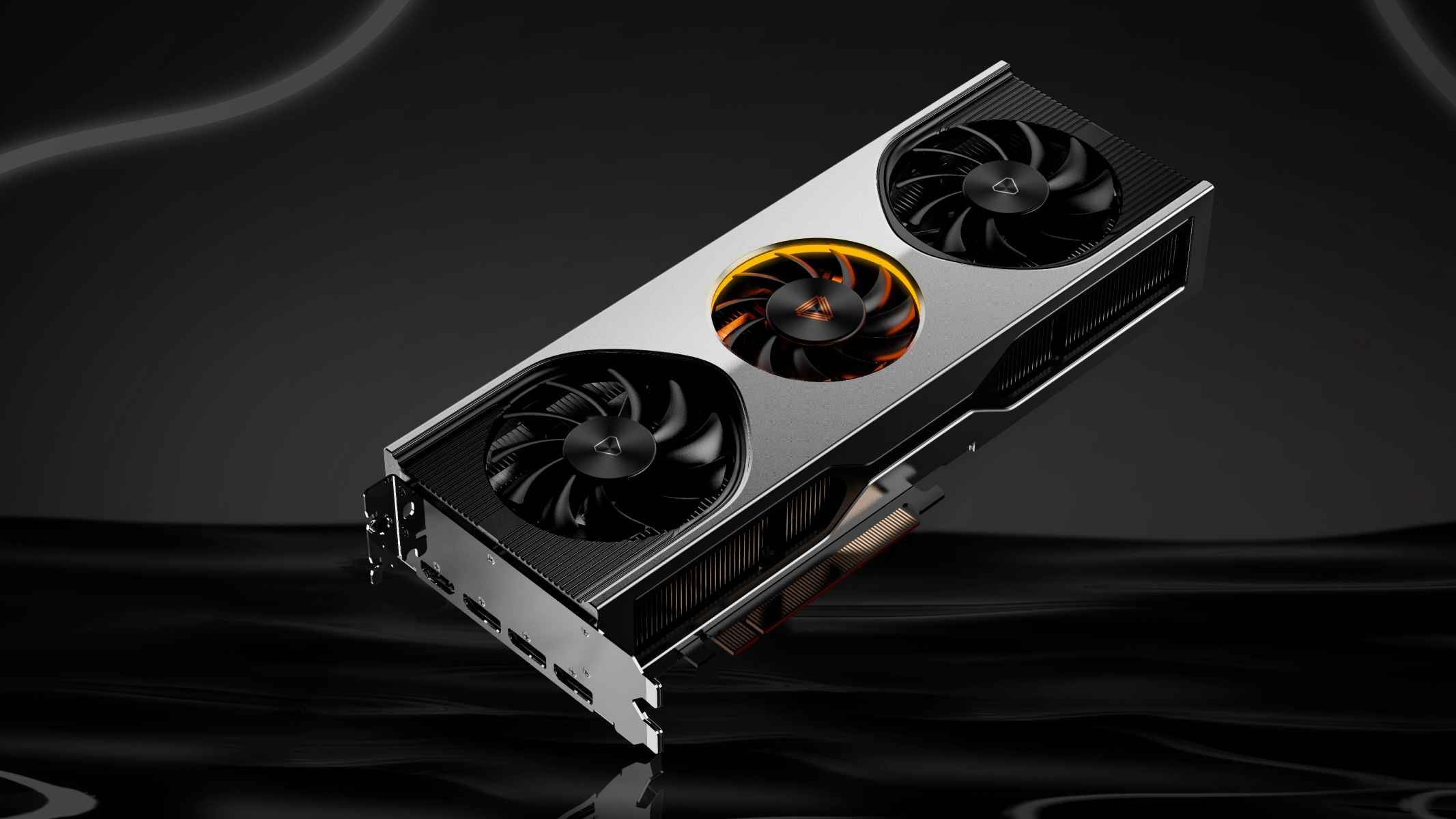
First China-Designed Gaming GPU Besieged by Bugs
MTT S80 benchmarks have revealed that China’s homemade graphics card cannot compete with today’s best graphics cards. The performance is lacking, but the PCIe 5.0 gaming graphics card doesn’t play nice with many games, some going as far back as 2013.
The MTT S80 is the first Chinese homegrown graphics card to support the DirectX API, representing a giant leap in domestic gaming. When Moore Threads announced the MTT S80, the chipmaker worked with up to 60 games. We would later find out that the only catch is that only 11 out of the 60 titles are on the official support list, whereas MTT S80 could run the remaining titles, but performance would be an issue. The MTT S80 supports both DirectX 9 and DirectX 11; however, there’s still a long road ahead, longer for the latter than the former.
PC enthusiast Löschzwerg (opens in new tab), who kindly shared the MTT S80 benchmarks, has recounted the struggles that the graphics card had to go through with some of the titles. According to the reviewer, old titles, such as Dota 2 and Tomb Raider, were non-functional. The former crashed instantly when a game was started, and the latter refused to start.
Counter-Strike: Global Offensive (CS: GO) was playable on the MTT S80. Löschzwerg noted the graphics driver hampered the MTT S80’s performance because sometimes GPU utilization didn’t even hit 50%. The China-made graphics card’s performance on Elder Scrolls V: Skyrim was mediocre, comparing the low to very high preset. The former was a bit better, but it wasn’t anything to brag about.
Löschzwerg highlighted that the geometry performance of the MTT S80 is abysmal. According to his observations, frame rates dipped substantially on CS: GO and DUST II in scenes with abundantly visible geometry. Tessellation was another one of the MTT S80’s flaws. Due to the early maturity of the driver (200.2), tessellation does more harm than good. Benchmarks and games crashed when the tessellation was active, so the only stopgap solution was to disable it altogether.
Driver performance and compatibility get the best of even the biggest chipmakers, such as Intel. Unfortunately, the first Arc driver made Alchemist graphics cards underperform on older APIs, such as DirectX 9. Fast-forward a few months, and DirectX 9 performance has improved as much as 43% since the initial launch. It just serves to demonstrate that it’s enough to have a good product without an equally good driver.
In comparison, Moore Threads is a rookie and doesn’t have the same resources as Nvidia, AMD, or Intel. As a result, it’ll probably take the Chinese chipmaker a long time to iron out the bugs and have a fully functional driver that doesn’t hold the hardware back.

